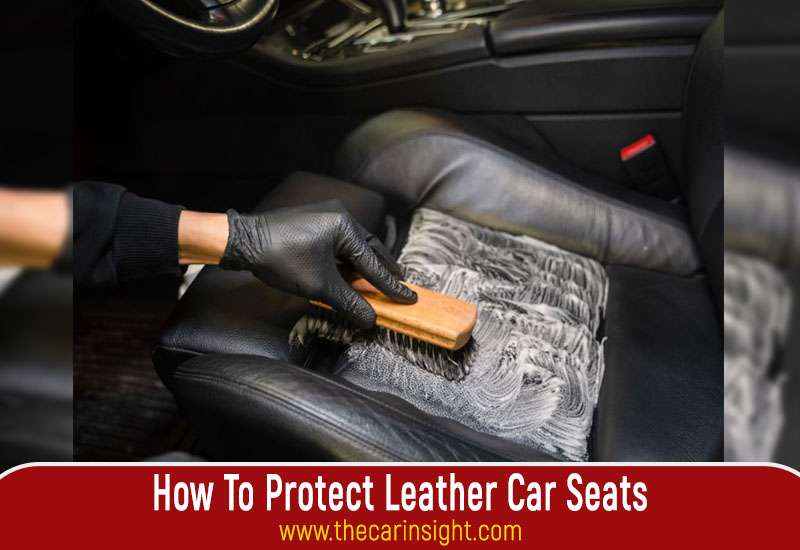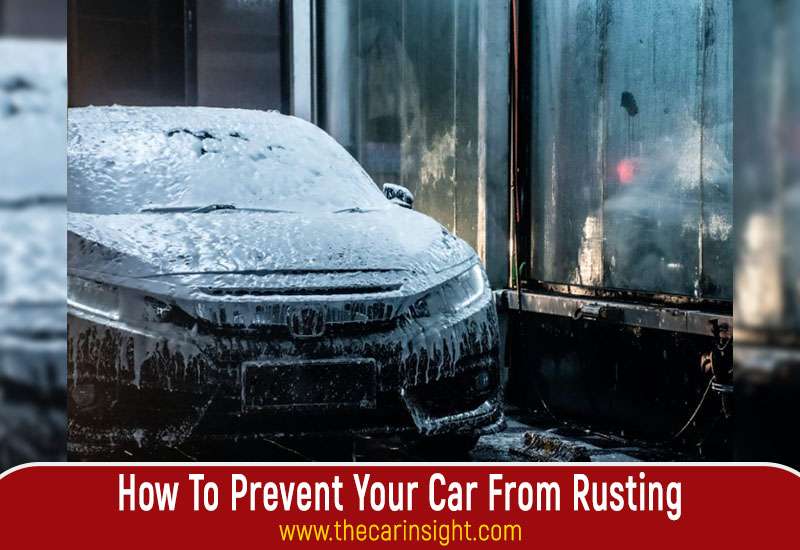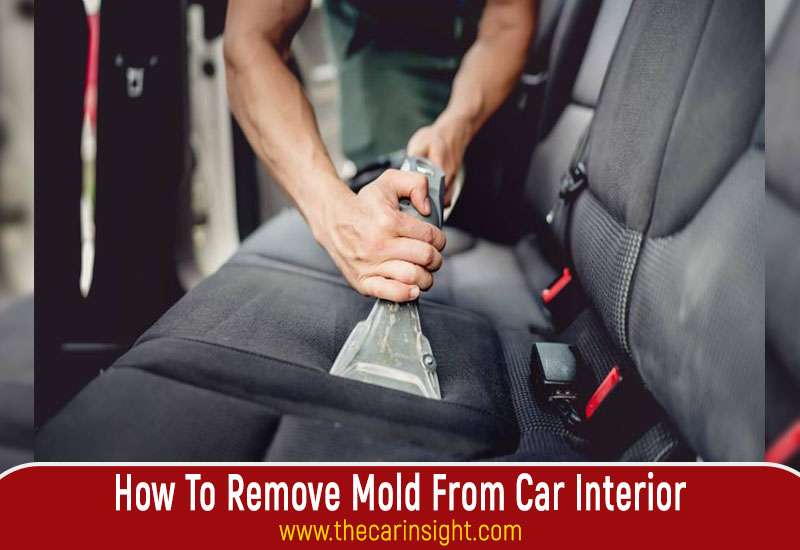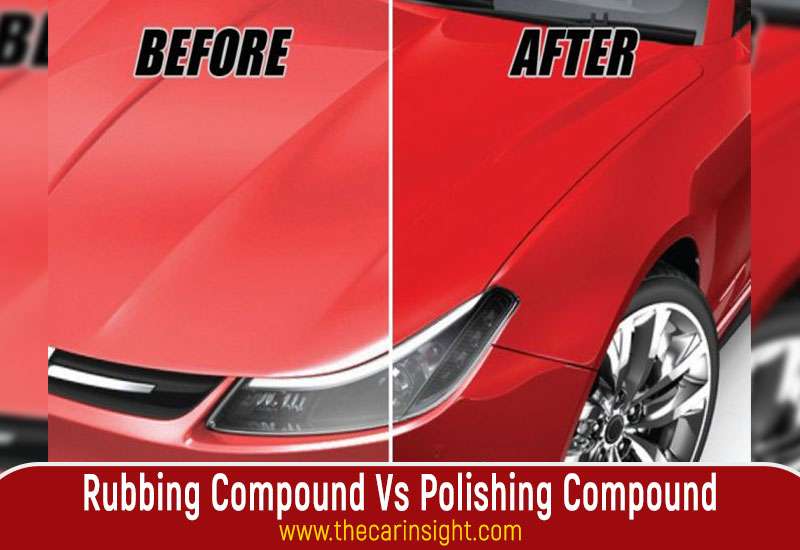How To Protect Leather Car Seats: To protect leather car seats, clean and condition them regularly using suitable products to prevent cracking and fading. The right maintenance routine will extend their lifespan and maintain their aesthetic appeal.
Leather car seats require a gentle approach for proper care, and this can be achieved by following specific guidelines and using quality products. Keeping your car’s leather seats in pristine condition is crucial to maintain their luxurious appearance and value.
With regular maintenance and proper care, you can prevent common issues such as cracking and fading. This comprehensive guide will provide you with effective tips and techniques to protect your leather car seats, ensuring they stay soft, smooth, and resistant to wear and tear. By following these guidelines, you can prolong the lifespan of your seats and avoid the costly expenses of replacements or repairs. So let’s delve into the essential steps you need to take to keep your leather car seats looking brand new for years to come.

Importance Of Protecting Leather Car Seats
Leather car seats add luxury and elegance to any vehicle, enhancing its overall aesthetic appeal. However, these seats are susceptible to wear and tear from various sources, making it essential to prioritize their protection to maintain their longevity and appearance. Understanding the importance of protecting leather car seats is crucial for preserving their beauty and ensuring they continue to provide comfort and sophistication.
Benefits Of Protecting Leather Seats
The #1 benefit of protecting leather seats is preserving their visual appeal, and maintaining a luxurious and elegant interior that adds value to the vehicle.
Regular protection helps minimize the risk of cracks, tears, and discoloration, ensuring the seats remain in pristine condition over time.
Protected leather seats are easier to clean and maintain, saving time and effort in upkeep.
By protecting the leather, you can also minimize odors and the growth of mold and mildew, providing a healthier and more pleasant driving environment.
Common Causes Of Leather Seat Damage
Improper maintenance and cleaning techniques can lead to premature wear and tear on leather seats, including the use of harsh chemicals.
Frequent exposure to sunlight and heat can cause the leather to dry out and crack, reducing its overall durability.
Inadequate protection against spills, stains, and abrasions can mar the appearance of leather seats, detracting from the vehicle’s interior appeal.
Choosing The Right Protection Products
Protecting your leather car seats is crucial to maintain their longevity. Choose the right protection products to safeguard against wear, tear, and spills, ensuring your seats stay in pristine condition for years to come.
Types Of Leather Protection Products
When it comes to protecting your leather car seats, there are a variety of products available on the market. Choosing the right protection products is essential to ensure the longevity and appearance of your seats. Let’s take a closer look at the different types of leather protection products:
- Leather conditioners: Leather conditioners moisturize the leather, keeping it soft and preventing cracking.
- Leather protectors: Leather protectors form a barrier on the surface of the leather, protecting it from spills and stains.
- Leather sealants: Leather sealants provide a protective layer that helps repel liquids and UV rays, preventing fading and discoloration.
- Leather cleaners: Leather cleaners remove dirt, grime, and stains from the leather, keeping it clean and looking new.
Factors To Consider When Choosing Products
When choosing leather protection products for your car seats, there are a few factors to consider:
- Type of leather: Different types of leather require different types of protection. For example, genuine leather and synthetic leather may have different care needs.
- Ease of application: Consider the ease of application of the product. Some products may require multiple steps or tools, while others may be quick and easy to apply.
- Durability: Look for products that offer long-lasting protection. You don’t want to have to reapply the product frequently.
- Compatibility: Ensure that the products you choose are compatible with your specific type of leather. Some products may not be suitable for certain types of leather.
- Customer reviews: Read customer reviews to get an idea of the effectiveness and quality of the product.
Proper Cleaning And Maintenance Regimen
Proper cleaning and maintenance are crucial for preserving the look and longevity of your leather car seats. By following a consistent regimen, you can ensure that your seats stay in top condition for years to come.
Regular Cleaning Procedures
Regular cleaning is essential to prevent debris and dirt from affecting the leather. To clean your leather car seats, use a mild soap or leather cleaner with a soft-bristled brush. Gently scrub the surface in circular motions to remove dirt and grime. Afterward, wipe the seats with a clean, damp cloth to remove any residue.
Recommended Leather Conditioners
Using a quality leather conditioner is key to maintaining the suppleness and shine of your car seats. Look for conditioners specifically designed for automotive leather. Apply the conditioner using a clean cloth in a circular motion, ensuring even coverage. Buff the seats with a dry cloth to remove excess conditioner and leave them with a lustrous finish.
Preventive Measures For Leather Seat Protection
Using Seat Covers and Shields: Covering leather car seats with seat covers or shields prevents direct contact with dirt, spills, and UV rays.
Avoiding Direct Sunlight and Heat Exposure: Parking in shaded areas or using window shades reduces the risk of leather cracking due to heat and sunlight.
Dealing With Spills And Stains
Protecting leather car seats from spills and stains is crucial to maintaining their beauty and longevity. Follow these simple yet effective tips to keep your seats in top condition.
Immediate Action For Spills
Act swiftly to prevent spills from seeping into the leather.
- Use a clean cloth to blot the spill immediately.
- Avoid rubbing the spill to prevent it from spreading.
Effective Stain Removal Methods
Utilize these proven methods to tackle stubborn stains on leather car seats.
- Mix mild soap with warm water to create a gentle cleaning solution.
- Apply the solution to the stained area using a soft cloth.
- Gently scrub the stain in circular motions, being careful not to damage the leather.
- Rinse the area with a damp cloth and pat dry with a clean towel.
- For tough stains, consider using a specialized leather cleaner recommended by the manufacturer.
Professional Leather Care Services
When it comes to maintaining the luxurious look and feel of your car’s leather seats, professional leather care services are invaluable. In addition, these services can help extend the lifespan of your leather seats, ensuring they stay in top condition for years to come. From deep cleaning to conditioning, professional leather care services offer a range of benefits that ordinary cleaning products often cannot match.
Benefits Of Professional Leather Care
Professional leather care goes beyond regular cleaning. Here are some benefits to consider:
- Expertise: Professional technicians have the knowledge and expertise to understand the specific needs of different types of leather, ensuring the right products and methods are used for proper care.
- Deep Cleaning: Professional services can effectively remove embedded dirt, grime, and stains without causing damage to the leather.
- Conditioning: Specialized treatments restore the natural oils in leather to keep it soft, supple, and resistant to cracking.
- Protection: Professional-grade protectants can shield leather from UV damage, liquid spills, and general wear and tear.
How To Choose A Reputable Leather Care Service
When looking for a reputable leather care service, consider the following factors:
- Experience: Look for a provider with a proven track record of delivering high-quality leather care services.
- Customer Reviews: Check online reviews and testimonials to gauge the satisfaction of previous clients.
- Certifications: Ensure the technicians are certified and trained in leather care and restoration.
- Products Used: Inquire about the products and techniques they use to ensure they are safe and effective for leather.
- Customization: A good leather care service will tailor the treatments to the specific needs of your car’s leather interior.
Understanding Leather Seat Repair
Learn how to effectively protect your leather car seats to ensure their longevity. Understand the importance of regular maintenance and proper cleaning techniques to prevent premature wear and tear. By implementing these strategies, you can preserve the beauty and functionality of your leather seats for years to come.
Understanding Leather Seat Repair Leather car seats are a luxurious addition to any vehicle, but they require proper care to maintain their elegance and functionality. Understanding leather seat repair is crucial in preserving the beauty of your car’s interior. Whether you’re dealing with minor scuffs or extensive damage, knowing how to identify and address different types of leather damage can help you decide between DIY repair or seeking professional assistance. Identifying Different Types of Leather Damage Identifying the different types of leather damage is the first step in effective repair.
Common forms of damage include scratches, cracks, and fading. Scratches are superficial marks on the leather surface, while cracks are more severe and can lead to peeling and tearing if left untreated. Fading occurs over time due to UV exposure and can make the leather lose its original luster. DIY vs. Professional Repair When it comes to leather seat repair, you have the option to tackle the task yourself or seek professional assistance.
DIY repair can be cost-effective for minor damage, involving simple cleaning, conditioning, and the application of leather repair kits. However, for extensive damage or intricate repairs, professional expertise is advisable. Professional repair ensures quality results, especially for deep scratches, large tears, or color restoration. By understanding the types of leather damage and weighing the pros and cons of DIY versus professional repair, you can make an informed decision on how to best protect and maintain your leather car seats.
Long-term Maintenance Tips
Protecting your leather car seats is crucial for maintaining their pristine condition and ensuring they last as long as possible. While regular cleaning is essential, long-term maintenance is equally important. In this section, we will explore two important aspects of long-term maintenance: periodic inspection and touch-ups, and storing and parking considerations.
Periodic Inspection And Touch-ups
Regularly inspecting your leather car seats allows you to identify any signs of wear and tear, so you can address them promptly. Begin by visually examining the seats for any cracks, scratches, or fading. If you notice any damaged areas, address them immediately to prevent further deterioration.
Besides visual inspection, it’s also essential to touch up areas that may have suffered minimal damage over time. This involves applying a small amount of leather conditioner or color-matched leather dye to the affected area. Follow the product instructions for the best results, and always ensure you test it on a discreet spot first to avoid any unwanted discoloration or damage.
To maintain the suppleness of the leather and prevent cracking, regular conditioning is essential. Apply a high-quality leather conditioner to the seats every few months or as recommended by the manufacturer. This will help keep the leather moisturized and prevent it from drying out, preserving its appearance and durability.
Storing And Parking Considerations
When it comes to long-term maintenance, how you store and park your vehicle can significantly impact your leather car seats. Exposure to direct sunlight or extreme temperature fluctuations can cause leather to fade, crack, or even warp. To protect your seats, consider the following:
- Park in shaded areas whenever possible or use car shades to block out harmful UV rays.
- Avoid parking in areas with heavy sun exposure, such as near windows or under direct sunlight for extended periods.
- If you need to leave your vehicle parked for an extended period, consider using breathable car covers that protect against sunlight while allowing proper air circulation.
- If you are storing your car for an extended period, ensure it is in a temperature-controlled environment to prevent damage caused by extreme heat or cold.
- Use leather seat covers to provide an extra layer of protection against sunlight, spills, and other potential damages.
By following these long-term maintenance tips and taking proactive measures to protect your leather car seats, you can significantly extend their lifespan and keep them looking luxurious for years to come.
Frequently Asked Questions For How To Protect Leather Car Seats
Do Leather Car Seats Need Protection?
Yes, leather car seats need protection to maintain their condition and prevent damage from dirt, spills, and UV rays. Using leather protectants and cleaners can help to keep the seats looking new and extend their lifespan. Regular maintenance is crucial for preserving the quality of leather car seats.
How Do I Protect My Leather Car Seats From Cracking?
To protect leather car seats from cracking, regularly clean and condition them with a reputable leather conditioner. Keep the seats out of direct sunlight and use a sunshade when parked. Avoid harsh chemicals and use a leather protectant spray for added protection.
Regular maintenance is key.
What Can I Use To Maintain Leather Car Seats?
To maintain leather car seats, use a leather cleaner and conditioner. Regularly clean the seats to remove dirt and stains, then apply a conditioner to keep the leather soft and prevent cracking. Avoid using harsh cleaners or excessive water on the seats.
How Do You Protect Leather Car Seats From Wear And Tear?
To protect leather car seats from wear and tear, use a leather conditioner regularly, keep them clean, avoid direct sunlight, use seat covers, and avoid sharp objects.
How Often Should Leather Car Seats Be Cleaned?
Leather car seats should be cleaned every three months to maintain their quality and appearance.
What Is The Best Way To Clean Leather Car Seats?
The best way to clean leather car seats is by using a pH-balanced leather cleaner and soft cloth.
Can I Use Household Products To Clean Leather Car Seats?
Avoid using household products as they can damage the leather; only use products specifically designed for leather.
Conclusion
To ensure the longevity and pristine condition of your leather car seats, it is crucial to implement the right protective measures. By following the tips mentioned in this blog post, such as regular cleaning, using proper cleaning products, avoiding direct sunlight, and applying a quality leather conditioner, you can effectively safeguard your seats from wear and tear.
Remember, taking proactive steps now will save you from costly repairs or replacements down the line.




